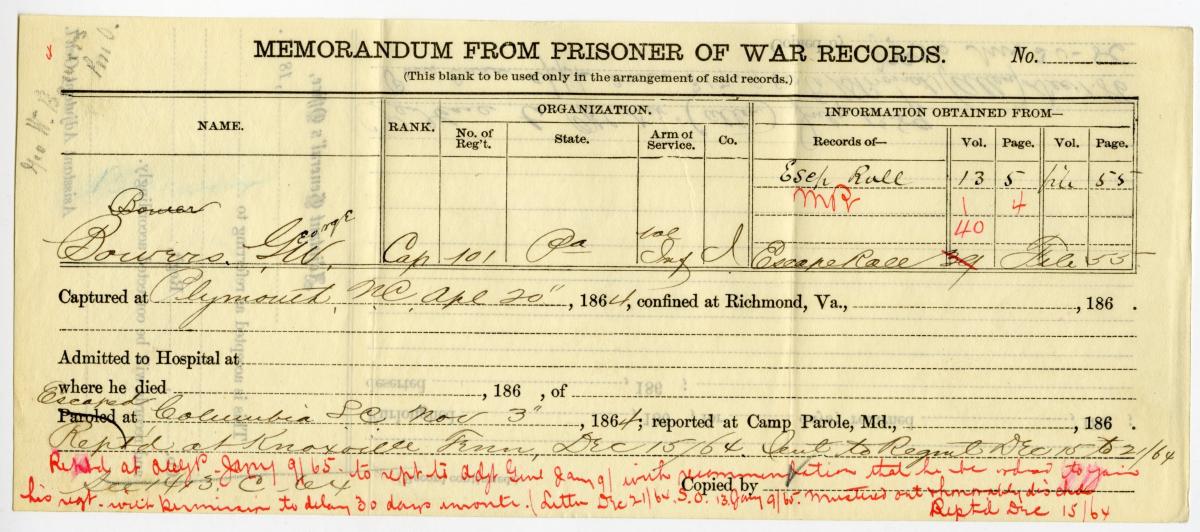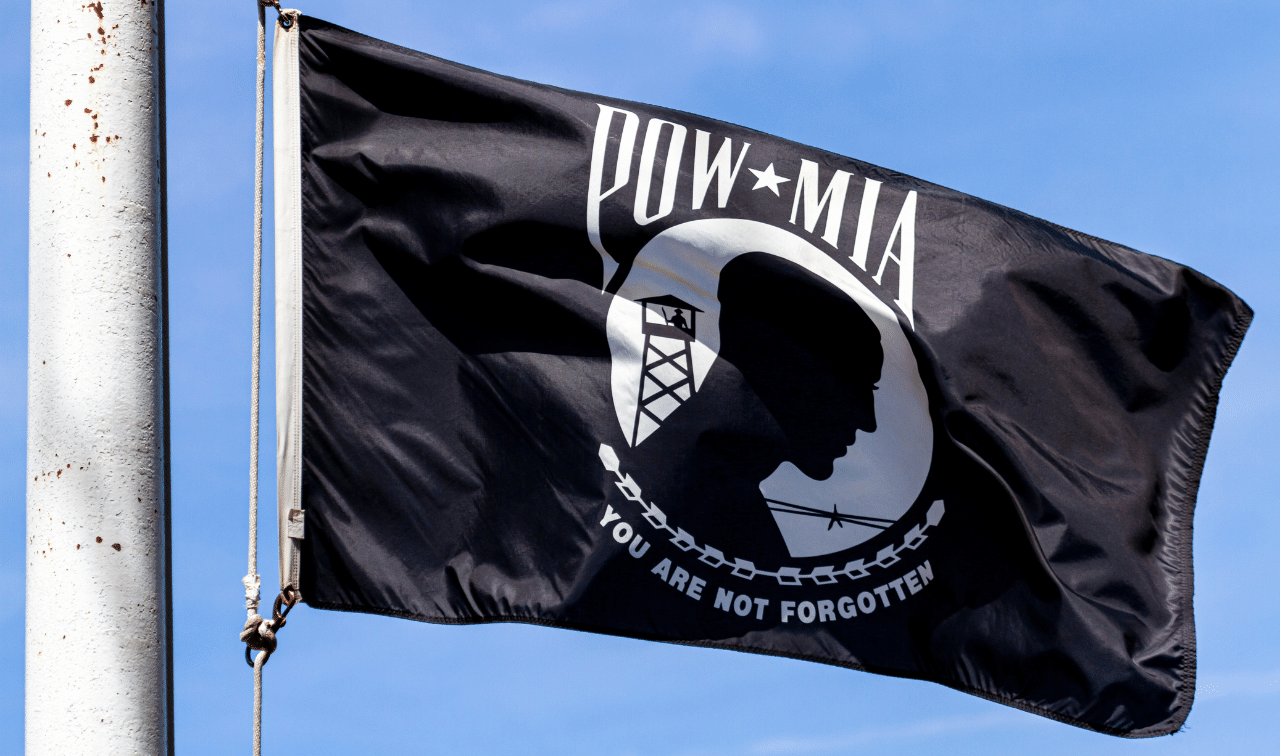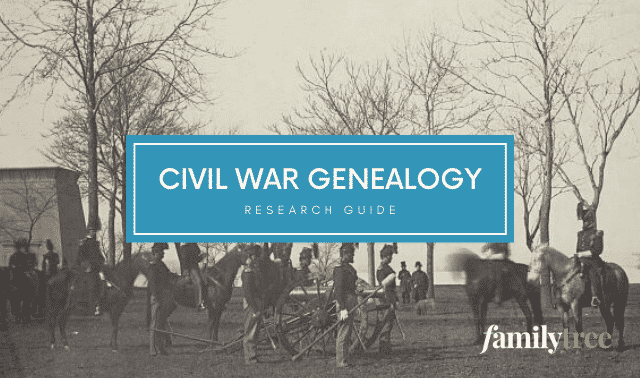Sign up for the Family Tree Newsletter! Plus, you’ll receive our 10 Essential Genealogy Research Forms PDF as a special thank you.
Get Your Free Genealogy Forms
"*" indicates required fields

Throughout the centuries, a common military tactic has been to capture soldiers and civilians from the opposing side during or immediately after an armed conflict. A prisoner of war (POW) is often held at a camp behind enemy lines.
Are you interested in finding documentation on your POW ancestors? Here our contributors offer some ideas on where to look for information about Americans held as POWs, in three historical conflicts (American Revolution, War of 1812 and WWII). You can use this as a guide to search for relatives in other wars, too.
Revolutionary War
Q: Family legend has it that an ancestor was imprisoned on, and escaped from, a British POW ship in Charleston Harbor in 1780. Where would I look for records?
A: Try the National Archives microfilm M247, Papers of the Continental Congress, which includes information about Americans held as prisoners of war during the Revolution, as well as British and Loyalist prisoners. According to the archives’ description of this collection, it contains “detailed accountings of several dozen American POWs detained on a ship in Charleston Harbor.” Finding specific records in this microfilm series can be tricky; pages are numbered at the top left corner of each document and numbering starts over with each item or volume (some larger items are broken into separate volumes). The Charleston Harbor records are on roll No. 175, item 155, volume 2, pages 219-222. You also can search these records online at subscription site Fold3.
Other information about POWs, mostly centered around 1780, is in microfilm series M246, Revolutionary War Rolls. You can search these records by subscription at Ancestry.com.
David A. Fryxell
From the July/August 2015 issue of Family Tree Magazine.
War of 1812
During the War of 1812, the British seized more than 20,000 Americans and imprisoned them in Canada, South Africa, England, Bermuda and the West Indies. Thousands were banished to the infamous Dartmoor prison in Devon, England.
To start your research on American prisoners of war, search the Ancestry.com database called War of 1812 Prisoner of War Records, 1812-1815 (taken from NARA microfilms M1747 and M2019). The records include lists of prisoners and men exchanged, accounts of clothing provided to prisoners in Canada and correspondence regarding prisoners.
If your naval ancestor was held prisoner, consult NARA Record Group 45, Naval Records Collection of the Office of Naval Records and Library, 1775-1910. These records contain prisoners of war held in Canada, England, Bermuda and the West Indies who were named in lists the Office of the Adjutant General received from the Treasury Department and the Department of the Navy. Besides the name, you’ll learn the rank, regimental organization, date and place of capture, and the date of release. Also in these records is the Register of United States Prisoners of War at Quebec, 1813-1815.
David Allen Lambert
From the July/August 2012 issue of Family Tree Magazine.
WWII
Q. My father, now deceased, was captured by Germans while serving in the Army in World War II. I’d like to know more about the prison camp, which I believe was in Saxony.
A. A POW camp in Saxony would’ve been part of Germany’s Military District IV, headquartered in Dresden. Camps in this district included:
- Stalag IV-A Elsterhorst
- Stalag IV-B Mühlberg (Elbe)
- Stalag IV-C Wistritz bei Teplitz, Stalag IV-D Torgau
- Stalag IV-E Altenburg, Stalag IV-F Hartmannsdorf
- Stalag IV-G Oschatz, Oflag IV-A Hohnstein
- Oflag IV-B Koenigstein
- Oflag IV-C Colditz Castle
- Oflag IV-D Elsterhorst
Stalag was a prisoner of war camp; oflag was a camp for officers. The National Archives doesn’t have much information about these camps, other than papers from war crimes trials (see Publication T-1021). The US Army Heritage and Education Center has some POW accounts. The Holocaust Memorial Museum includes POW camps in its photo collection.
If your father’s Army records tell you where he was held, you could learn a lot from a web search. Stalag IV-A in Elsterhorst, for example, has a blog about it and its work camps, and is part of the Wartime Memories Project. Google Groups are devoted to researching specific camps, such as Oflag IV-A in Hohnstein.
The History Forum has entries for many POW camps, and the Pegasus Archive includes stories and photos of WWII POW experiences.
David A. Fryxell
From the October/November 2014 issue of Family Tree Magazine.




